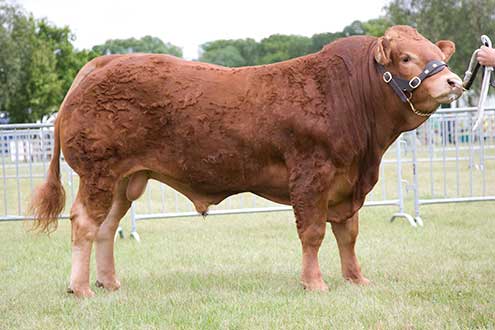Use genetics to select for polled cattle

Polled cattle are easier to manage, transport and don’t require dehorning, reducing labour, costs and the chance of injuries to farmers and stock.
Genetics
Whether a cow has horns or not is controlled by two forms of a major gene. Each offspring will get one copy of this gene from their sire and one from their dam, and either form is biologically possible from both parents.
Depending on which forms of the genes the parents have and which combination is passed on, the offspring will either have horns or will be polled. “P” causes polling and is dominant over “p”. This means if just one of this form of the gene is passed on, the offspring will be polled. “p” causes horns in offspring only if there are no copies of “P” present.
If both parents have two of the dominant forms of the gene (“PP”), 100% of the offspring will be polled. If both parents have the weaker form of the gene (“pp”), 100% of the offspring will be horned. If the parents have one of each form of the gene (“Pp”), 75% of the offspring will be polled (either “PP” or “Pp”) and 25% will have horns (“pp”).

Breeding
Selecting for polled animals can therefore be difficult, because even if an animal is polled it could be carrying a copy of the “p” (horned) gene. The only way to ensure all offspring are polled is to use a “PP” bull, since even if he is mated to a horned cow (“pp”), all offspring would contain one dominant form of the gene (“P”) and therefore be polled.
Testing this genetic trait in bulls has historically been done using a mating test where a polled bull (by looks alone, so either “PP” or “Pp” is possible) is put to horned cows (who must be “pp” to show this trait). If any offspring are horned, the bull must be “Pp” as they are guaranteed to receive a “p” gene from their dam and will only show the horned trait if a second “p” has been received from the sire. DNA testing can speed up this process by testing bulls for the two forms of the gene, however, there are costs involved and the results are not 100% conclusive at this stage.
